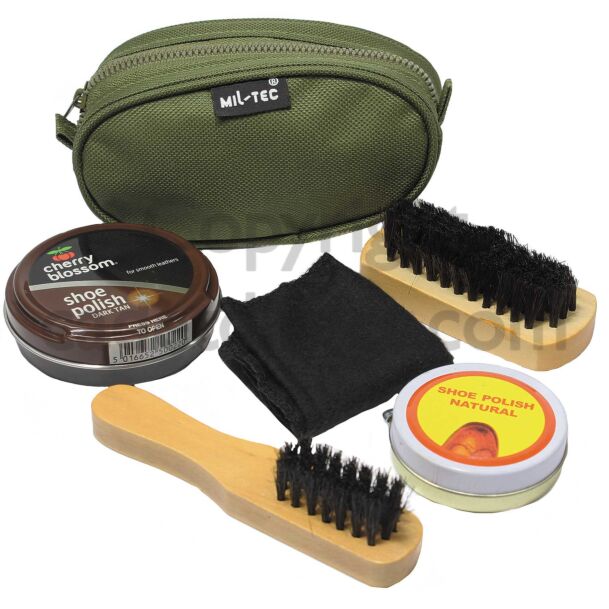Ultimate Guide: Ear Cleaning Solution for Cats

Most cats are excellent at keeping their own ears clean, thanks to their meticulous grooming habits, which even include cleaning behind and in the inner flap of the ears. However, there are times when cats may need help with ear cleaning. Regularly checking your cat’s ears is also a good idea to spot any potential problems that could develop into more serious issues. Ear cleaning solution for cats are specifically formulated to remove dirt, wax, and debris, preventing infections and other ear-related issues.
What do I need to clean my cat’s ears?
Cleaning your cat’s ears doesn’t necessitate any specialized equipment. All you need is a high-quality ear cleaning solution, some cotton balls or gauze, and treats to reward your cat. Avoid using cotton-tipped applicators (Q-tips®) as they can perforate the eardrum or cause trauma to the ear canal. Moreover, using these applicators can push debris deeper into the ear canal.
Step-by-Step Guide for Ear Cleaning of Cats
- Sitting in a comfortable position, hold your cat in your lap. Wrapping or swaddling your cat in a towel may help keep her calm if she is resistant to having her ears cleaned.
- Grasp the tip of the ear flap (pinna), pulling back slightly to expose and straighten the ear canal.
- While holding your cat’s ear flap gently but firmly with one hand, hold the ear cleaning solution in your other hand.
- Squeeze some ear cleaning solution into your cat’s ear. Use enough cleaner to completely fill the ear canal. It is fine if some of the cleaner spills out of the canal. Do not put the tip of the bottle into the ear. If the tip of the bottle touches your cat’s ear, wipe the tip off with a clean cotton ball soaked in alcohol to prevent the spread of bacteria or yeast.
- Continue to hold the ear flap with one hand and gently massage the base of the ear below the ear opening for about 30 seconds with the other hand. This allows the cleaning solution to break up the debris that is in the ear canal. You should hear a squishing sound as the cleaning solution moves around in the horizontal part of the canal.
- While still holding the ear flap, wipe away debris from the inner part of the ear flap and the upper ear canal using a cotton ball or gauze.
- Allow your cat to shake her head. This allows the remaining ear cleaning solution and debris from the ear canal to move out of the canal to the outer opening of the ear.
- Once again, hold the ear flap, and remove the loosened debris and cleaning solution from the outer opening of the ear canal using a cotton ball or gauze.
- Remove any debris and remaining cleaning solution from within the ear canal with a cotton ball or gauze. Only go into the canal as far as your finger will reach. Never use a cotton-tipped applicator (Q-tip®) to remove the solution from the ear canal. Doing so can damage the ear canal and/or ear drum or push debris further into the canal.
- Praise your cat and provide treats.
- Repeat the same process with the other ear.
- If your cat appears to be in pain during the cleaning process, stop and consult your veterinarian.
- Repeat the cleaning procedure as often as is recommended by your veterinarian.
If your cat has an ear infection and requires medication to be applied to the ears, clean the ears first and then apply the medication.
Common Ear Problems in Cats and How Cleaning Can Help
- Ear Infections: Regular cleaning can prevent and help detect infections early.
- Ear Mites: Cleaning helps remove mites and debris associated with infestations.
- Wax Buildup: Routine cleaning prevents excessive wax buildup that can lead to discomfort and infections.
When to Seek Veterinary Care for Your Cat’s Ears
Knowing when to seek veterinary care for your cat’s ears is crucial for maintaining their health. Here are signs that indicate it’s time to consult a veterinarian:
- Persistent Scratching or Rubbing: If your cat is frequently scratching or rubbing their ears, it may indicate irritation, infection, or ear mites.
- Ear Discharge: Any abnormal discharge from the ears, such as pus or blood, requires veterinary attention.
- Foul Odor: A strong, unpleasant odor coming from the ears can be a sign of infection or other underlying issues.
- Redness and Swelling: Visible redness, inflammation, or swelling in or around the ears should be checked by a vet.
- Head Tilt or Shake: Persistent head shaking or tilting to one side can indicate discomfort or pain in the ears.
- Behavioral Changes: If your cat shows signs of discomfort, such as reluctance to be touched around the ears or changes in appetite or behavior, it may indicate an ear problem.
- Balance Issues: Problems with balance or coordination can sometimes be linked to ear infections affecting the vestibular system.
If you notice any of these signs or have concerns about your cat’s ear health, it’s best to seek veterinary care promptly. Early diagnosis and treatment can prevent the progression of ear infections or other conditions, ensuring your cat remains comfortable and healthy.
DIY vs. Commercial Ear Cleaning Solution: Pros and Cons
DIY Solutions
- Pros: Cost-effective, easily accessible ingredients.
- Cons: May not be as effective or safe as commercial products, risk of irritation.
Commercial Solutions
- Pros: Formulated for safety and effectiveness, often recommended by vets.
- Cons: More expensive than DIY options.
Safety Precautions When Using Ear Cleaning Solution on Cats
- Follow Instructions: Always follow the instructions on the cleaning solution.
- Avoid Insertions: Do not insert cotton swabs into the ear canal, as this can cause damage.
- Monitor Reactions: Watch for adverse reactions and discontinue use if any occur.
Conclusion:
Regular ear cleaning is vital for maintaining your cat’s health and comfort. By using the right ear cleaning solutions and following proper techniques , you can prevent ear problems and ensure your cat’s ears remain clean and healthy. Remember, if you encounter any issues or have concerns, always consult with your veterinarian.




